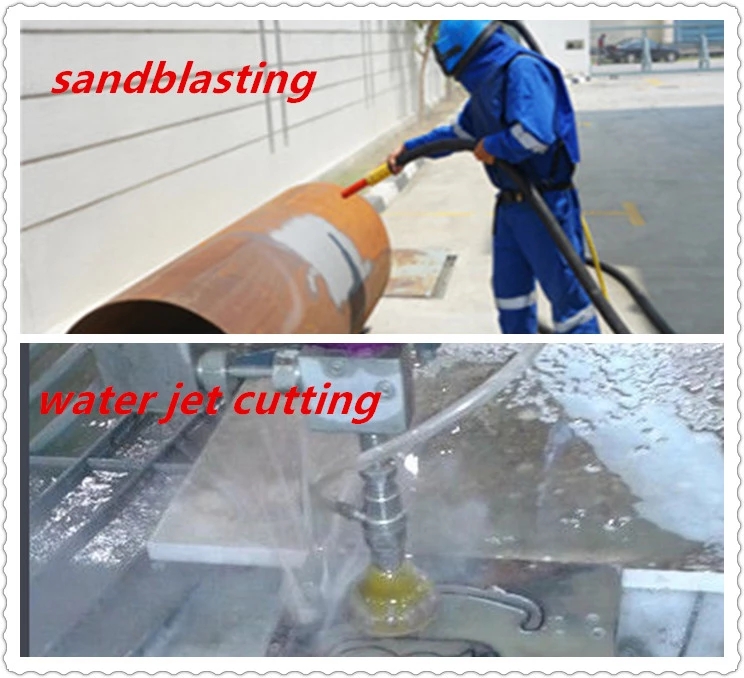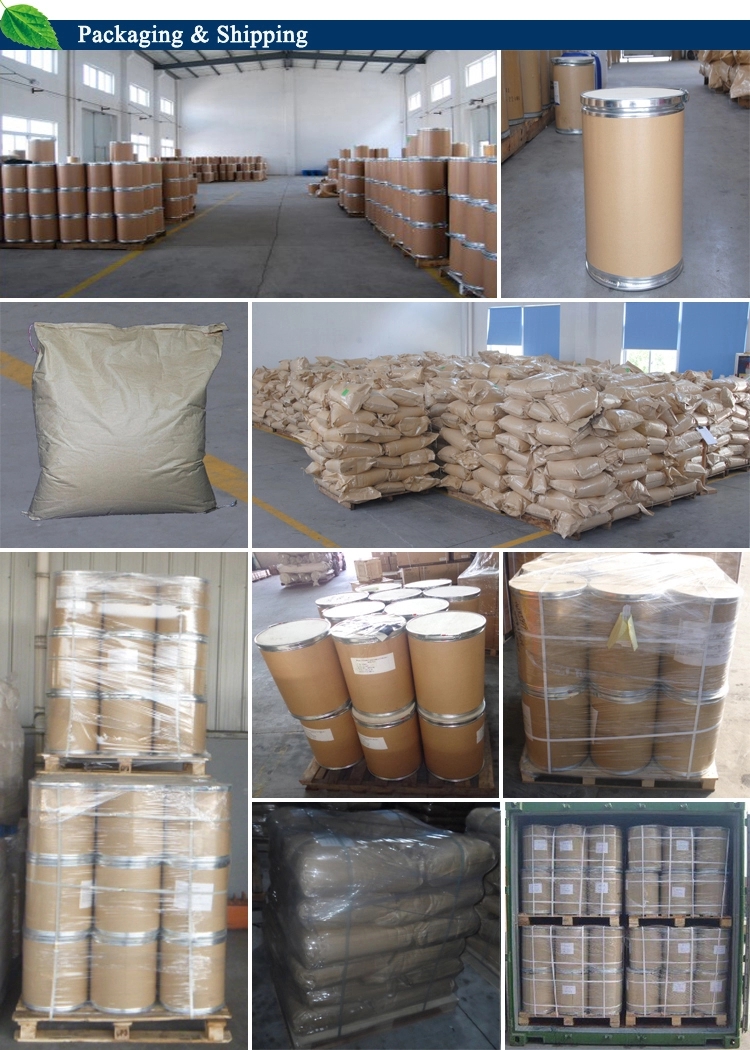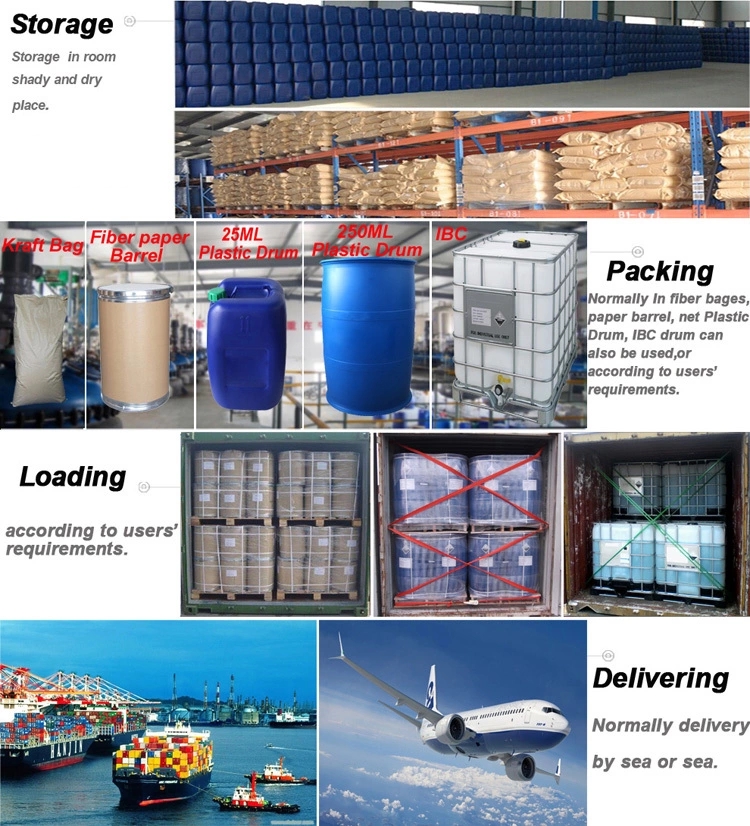In conclusion, Diester Base Oil is a highly versatile and reliable lubricant that offers excellent performance in various applications. By following the recommended precautions and guidelines, users can ensure the safe and efficient use of Diester Base Oil in their operations. Always refer to the product's safety datasheet (SDS) and consult with the manufacturer or supplier for specific guidelines and recommendations.
Diester Base Oil is a synthetic lubricant that is widely used in various industries in China. Its excellent properties make it suitable for a range of applications, providing superior performance and reliability. This product precaution guide aims to provide important information and guidelines for the safe handling and use of Diester Base Oil in China.
Automotive industry: Diester Base Oil is extensively used in the automotive industry in China. It is commonly used as a lubricant in engine oils, transmission fluids, and hydraulic fluids. Its high lubricity and viscosity index ensure smooth operation and reduce friction and wear between moving parts. This helps to enhance engine performance, extend the lifespan of automotive components, and improve fuel efficiency.
Industrial machinery: Diester Base Oil finds extensive application in various industrial machinery in China. It is commonly used as a lubricant in gear oils, compressor oils, and hydraulic fluids. Its excellent thermal stability allows it to perform reliably in high-temperature environments, ensuring optimal machinery operation and minimizing downtime. Diester Base Oil's compatibility with a wide range of materials also makes it suitable for use in industrial applications.
Metalworking: Diester Base Oil is widely used in metalworking processes in China. It is commonly used as a lubricant in cutting fluids, forming oils, and rust inhibitors. Its exceptional lubricity and thermal stability make it suitable for high-speed metalworking operations, providing excellent cooling and reducing tool wear. Diester Base Oil also helps to prevent corrosion and rust formation on metal surfaces, ensuring the quality and longevity of metal products.
Plastic and rubber industries: Diester Base Oil is utilized in the plastic and rubber industries in China. It is commonly used as a lubricant and plasticizer in the production of various plastic and rubber products. Diester Base Oil enhances the processing properties of polymers, improving flow, reducing viscosity, and ensuring consistent quality in the manufacturing process. Its compatibility with different types of plastics and rubbers makes it a preferred choice for these industries.
Environmental considerations: Diester Base Oil is gaining popularity in China due to its environmentally friendly properties. It has a lower carbon footprint compared to conventional mineral-based oils and is biodegradable. With increasing awareness of environmental issues, industries in China are shifting towards more sustainable lubricants like Diester Base Oil to reduce their environmental impact.
In conclusion, Diester Base Oil is widely used in various industries in China due to its exceptional properties and versatility. From automotive applications to industrial machinery, metalworking, and the plastic and rubber industries, Diester Base Oil provides superior lubrication, thermal stability, and compatibility. By following the recommended precautions and guidelines, businesses in China can ensure the safe and efficient use of Diester Base Oil in their operations, contributing to improved performance and sustainability.
5. Packaging and storage Diester Base Oil is a highly versatile and reliable lubricant that offers excellent performance in various applications. This product precaution guide aims to provide important information and guidelines for the safe handling and use of Diester Base Oil.
Packaging and labeling: Diester Base Oil should be packaged in suitable containers that are clean, dry, and tightly sealed. The packaging should be clearly labeled with the product name, grade, batch number, and any relevant safety information. Proper labeling ensures easy identification and prevents any confusion during storage and use.
Storage conditions: Diester Base Oil should be stored in a cool, dry place away from direct sunlight and sources of heat or ignition. It is important to keep the containers tightly closed when not in use to prevent contamination and evaporation. The storage area should be well-ventilated to prevent the accumulation of vapors.
Avoiding incompatible materials: Diester Base Oil should be stored separately from incompatible materials such as strong oxidizing agents, acids, and alkalis. This helps to prevent any chemical reactions or contamination that could affect the quality and performance of the base oil.
Handling precautions: When handling Diester Base Oil, it is recommended to wear appropriate personal protective equipment (PPE) such as gloves and safety goggles to prevent direct contact with the skin, eyes, and mucous membranes. It is also important to avoid inhalation of vapors or mists by working in a well-ventilated area or using respiratory protection if necessary.
Spill and leak response: In case of a spill or leak, it is important to immediately contain the area to prevent further spread of the base oil. Absorbent materials should be used to soak up the spilled material, and it should be properly disposed of according to local regulations. It is important to avoid allowing the base oil to enter drains, waterways, or soil to prevent environmental contamination.
Compatibility with other materials: Diester Base Oil is compatible with a wide range of materials commonly used in machinery and equipment. However, it is always recommended to check the compatibility with specific materials before mixing or using the base oil in combination with other lubricants or additives. This ensures the desired performance and prevents any adverse reactions or performance issues.
In conclusion, proper packaging and storage of Diester Base Oil are crucial to maintain its quality and performance. By following the recommended guidelines and handling precautions, users can ensure the safe and efficient use of Diester Base Oil in their operations. Always refer to the product's safety data sheet (SDS) and consult with the manufacturer or supplier for specific guidelines and recommendations.
6. Product production process The production process of Diester Base Oil involves several steps to ensure the high quality and performance of the final product. Here is an overview of the production process:
Raw Material Selection: The first step in the production process is selecting high-quality raw materials. Diester Base Oil is typically derived from esterification reactions using organic acids and alcohols. The choice of raw materials plays a crucial role in determining the characteristics of the base oil, such as viscosity, lubricity, and thermal stability.
Esterification: The selected organic acids and alcohols are mixed together in the presence of a catalyst to initiate the esterification reaction. This reaction converts the raw materials into esters, which are the main components of Diester Base Oil. The reaction conditions, such as temperature, pressure, and reaction time, are carefully controlled to achieve the desired ester composition and properties.
Purification: After the esterification reaction, the crude ester mixture undergoes a purification process to remove impurities, such as unreacted raw materials, catalyst residues, and water. Various techniques, such as distillation, filtration, and separation processes, are employed to achieve a high level of purity in the Diester Base Oil.
Additives Incorporation: Depending on the specific application requirements, additives may be incorporated into the Diester Base Oil to enhance its performance and provide additional benefits. These additives can include antioxidants, anti-wear agents, viscosity modifiers, and corrosion inhibitors. The additives are carefully selected and blended into the base oil to achieve the desired formulation.
Quality Control: Throughout the production process, rigorous quality control measures are implemented to ensure that the Diester Base Oil meets the required specifications and standards. Samples are taken at various stages of the production process and tested for properties such as viscosity, flash point, pour point, and oxidation stability. Any deviations from the desired specifications are identified and corrective actions are taken to maintain the quality of the base oil.
Packaging and Storage: Once the production process is complete, the Diester Base Oil is packaged in suitable containers that provide protection from external factors such as moisture, heat, and contamination. Proper labeling is done to ensure clear identification of the product. The packaged base oil is then stored in a controlled environment to maintain its quality until it is ready for distribution.
In conclusion, the production process of Diester Base Oil involves careful selection of raw materials, esterification, purification, additives incorporation, and quality control measures. The stringent production processes ensure that the Diester Base Oil meets the required specifications and provides excellent lubricating properties for various applications.
7.Product precautions Diester Base Oil is a highly versatile and reliable lubricant that offers excellent performance in various applications. However, it is important to follow certain precautions to ensure safe handling and use of the product. Here are some important precautions to be considered:
Personal Protective Equipment (PPE): When handling Diester Base Oil, it is recommended to wear appropriate PPE such as gloves, safety goggles, and protective clothing. This will help prevent direct contact with the skin, eyes, and mucous membranes, ensuring personal safety.
Handling and Storage: Double Ester Synthetic Base Oilshould be handled and stored in a well-ventilated area away from direct sunlight and sources of heat or ignition. It is important to avoid inhaling vapors or mists by working in a well-ventilated space or using respiratory protection if necessary. The containers should be tightly closed when not in use to prevent contamination and evaporation.
Compatibility: Diester Base Oil is compatible with a wide range of materials commonly used in machinery and equipment. However, it is always recommended to check the compatibility with specific materials before mixing or using the base oil in combination with other lubricants or additives. This will help prevent any adverse reactions or performance issues.
Spill and Leak Response: In the event of a spill or leak of Diester Base Oil, it is important to immediately contain the area to prevent further spread of the oil. Absorbent materials should be used to soak up the spilled oil, and it should be properly disposed of according to local regulations. It is important to avoid allowing the oil to enter drains, waterways, or soil to prevent environmental contamination.
Fire Hazards: Diester Base Oil is combustible and can pose a fire hazard if exposed to open flames, sparks, or high temperatures. It is important to take necessary precautions to prevent the oil from coming into contact with potential ignition sources. Fire extinguishing equipment should be readily available in case of a fire emergency.
Disposal: Diester Base Oil should be disposed of in accordance with local regulations and guidelines. It is important to avoid improper disposal methods that could harm the environment. Contact your local waste management authorities for proper disposal procedures.
By following these precautions, users can ensure the safe handling, storage, and use of Diester Base Oil, minimizing risks and promoting a safe working environment. Always refer to the product's Safety Data Sheet (SDS) and consult with the manufacturer or supplier for specific guidelines and recommendations.
Diester Base Oil is a highly versatile and reliable lubricant that offers excellent performance in various applications. However, it is important to follow certain precautions to ensure safe handling and use of the product. Here are some important precautions to be considered:
Personal Protective Equipment (PPE): When handling Diester Base Oil, it is recommended to wear appropriate PPE such as gloves, safety goggles, and protective clothing. This will help prevent direct contact with the skin, eyes, and mucous membranes, ensuring personal safety.
Handling and Storage: Diester Base Oil should be handled and stored in a well-ventilated area away from direct sunlight and sources of heat or ignition. It is important to avoid inhaling vapors or mists by working in a well-ventilated space or using respiratory protection if necessary. The containers should be tightly closed when not in use to prevent contamination and evaporation.
Compatibility: Diester Base Oil is compatible with a wide range of materials commonly used in machinery and equipment. However, it is always recommended to check the compatibility with specific materials before mixing or using the base oil in combination with other lubricants or additives. This will help prevent any adverse reactions or performance issues.
Spill and Leak Response: In the event of a spill or leak of Diester Base Oil, it is important to immediately contain the area to prevent further spread of the oil. Absorbent materials should be used to soak up the spilled oil, and it should be properly disposed of according to local regulations. It is important to avoid allowing the oil to enter drains, waterways, or soil to prevent environmental contamination.
Fire Hazards: Diester Base Oil is combustible and can pose a fire hazard if exposed to open flames, sparks, or high temperatures. It is important to take necessary precautions to prevent the oil from coming into contact with potential ignition sources. Fire extinguishing equipment should be readily available in case of a fire emergency.
Disposal: Diester Base Oil should be disposed of in accordance with local regulations and guidelines. It is important to avoid improper disposal methods that could harm the environment. Contact your local waste management authorities for proper disposal procedures.
By following these precautions, users can ensure the safe handling, storage, and use of Diester Base Oil, minimizing risks and promoting a safe working environment. Always refer to the product's Safety Data Sheet (SDS) and consult with the manufacturer or supplier for specific guidelines and recommendations.














